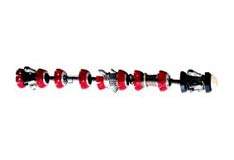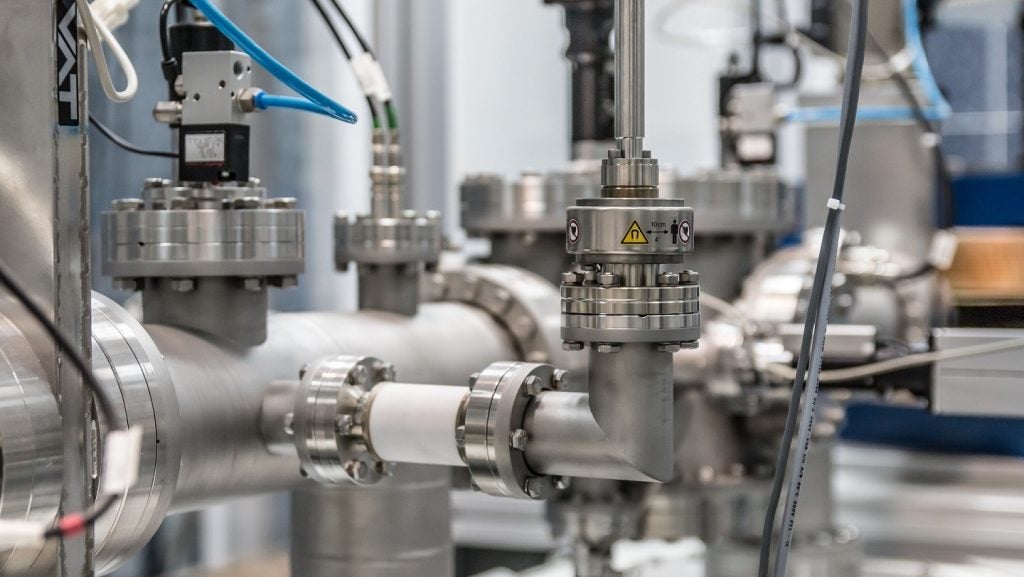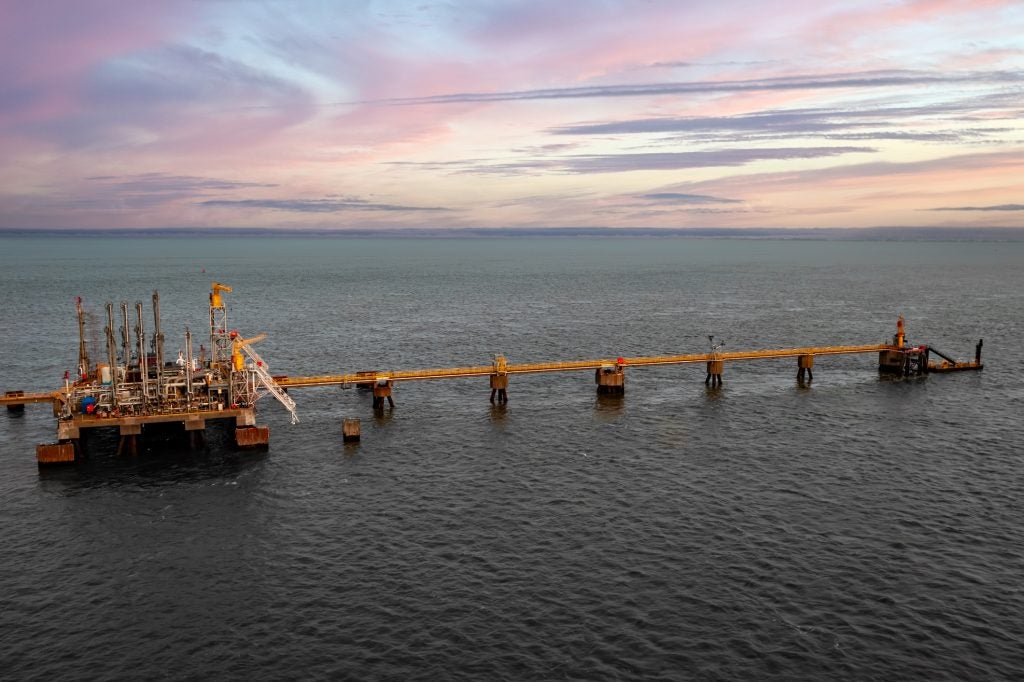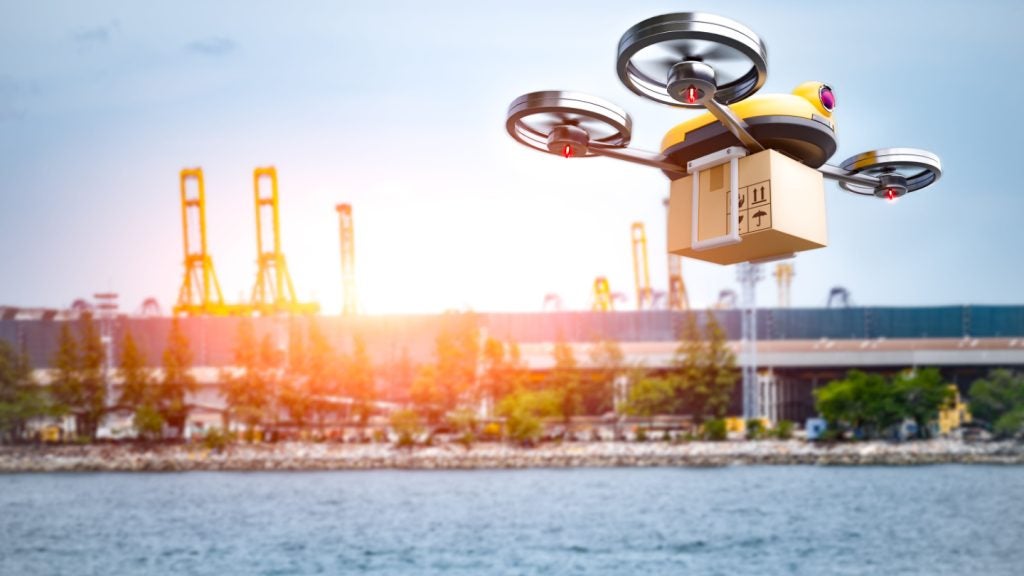
Cathodic protection provides corrosion defence to a pipeline by providing a supply of direct current through the soil to the pipe surface, polarising the pipe-to-soil interface. Monitoring the value of the pipe-to-soil potential created by the DC current with top-of-ground surveys is the primary way to monitor the effectiveness of cathodic protection.
Current measurements would also suffice but potential measurements at the soil surface are much easier using available technology, so cathodic protection monitoring usually involves potential measurements.
Through research done by Shell Global Solutions and sponsored by Shell Pipeline Company and the US Department of Transportation’s Pipeline Hazardous Materials and Safety Administration, it is now possible to measure cathodic protection from inside the pipe using a smart pig of practical length.
Called the cathodic protection current measurement tool, or CPCM, this new smart pig gives pipeline operators new, cost-efficient options for monitoring cathodic protection. Shell’s commercial partner, Baker Hughes Pipeline Management Group, has put the tool into commercial service.
Benefits of the CPCM smart pig
See Also:
Traditional potential measurements are impractical for use with a smart pig, as access to the environment outside the pipe is required. Research at the Shell Westhollow Technology Center, however, has demonstrated that it is possible to measure CP current from inside the pipe with a moving pig.
How well do you really know your competitors?
Access the most comprehensive Company Profiles on the market, powered by GlobalData. Save hours of research. Gain competitive edge.

Thank you!
Your download email will arrive shortly
Not ready to buy yet? Download a free sample
We are confident about the unique quality of our Company Profiles. However, we want you to make the most beneficial decision for your business, so we offer a free sample that you can download by submitting the below form
By GlobalDataBecause access to the outside of the pipe is not required, external difficulties, such as remote or difficult locations, no longer matter. The new CPCM tool:
- eliminates the need to access the outside of the pipe to monitor cathodic protection (no need for crews on the right of way)
can survey equally well in all external environments - requires less manpower than continuous potential surveys
- provides quicker survey results than close internal potential surveys
- provides cost advantages over potential survey techniques in dangerous or difficult terrain (such as offshore, marsh, mountainous and urban environments)
- easily detects and locates DC and AC interference currents.
In order for the CPCM technology to work, a pipeline must be piggable and have a clean ID to allow good electrical contact. Because of the benefits of this technology, there are significant opportunities for the industry:
- Improved monitoring of cathodic protection on pipelines in difficult environments (such as offshore, marsh, mountainous and urban areas, and car parks)
- Reduced scope and cost for anode retrofit projects on older offshore pipelines
- Precise location and measurement of AC and DC interference
- Precise location and measurement of external coating quality.
Examples of CPCM results
The first-generation CPCM pig produced by Baker Hughes PMG is about 2.2m in length. The wheels at the front and back ends contact the pipe wall and measure AC and DC voltages longitudinally in the pipe with a precision of less than one microvolt.
The CPCM pig also includes a caliper to detect wall thickness variations and an odometer for precise distance measurements.
Summary
The CPCM technology patented by Shell Global Solutions is the first completely new pipeline cathodic protection monitoring technology in decades, and offers pipeline operators significant advantages over conventional CP monitoring, especially for pipelines located in difficult environments. The CPCM pig has passed prototype testing and is now in commercial use in the US.
CPCM field trials
The Pigging Products and Services Association reported field trials on the Cathodic Protection Current Measurement smart pig.
Field test 1
A research team conducted five test runs in a 12.9km refined products pipeline measuring 324mm. The first three runs were used to configure the CPCM pig and then two runs were performed to test the pipeline’s cathodic protection status.
The pipe chosen for the test had a number of pipe changes and repair sleeves along its length, giving the team a chance to interpret data from a variety of wall thicknesses and resistance levels.
On the first three runs, the amount of current being received from the foreign rectifiers at either end of the pipe was monitored and judged to be too low. The team decided to add another rectifier.
The additional current from this new rectifier was captured during the last two test runs and it helped to identify an area of bare pipe that was not detectable before the additional current was applied.
In the early runs, the regular shock to the pig’s contact wheels as it travelled along the pipeline was observed. This could be filtered out of the data or used for alignment readings.
Field test 2
The data coming out of a second field trial was revealing in three ways. For this test, the smart pig was sent through a 324mm crude oil pipeline that was experiencing sudden low potentials.
First, the pig found an area of shorted pipeline that was causing low pipe-to-soil potentials. The short was removed and the potentials returned to their expected values.
Secondly, the pig recorded the amount of current being applied to the pipeline and the pattern of each current source, which allowed the team to spot a mislabelled rectifier.
Thirdly, this second field test revealed the importance of having a “clean” pipeline. Areas of paraffin build-up led to a lack of contact integrity, giving erratic voltage data. The team realised that paraffin on the pipe wall was causing the pig’s contact wheels to “lift off”, resulting in large voltage swings being recorded.







